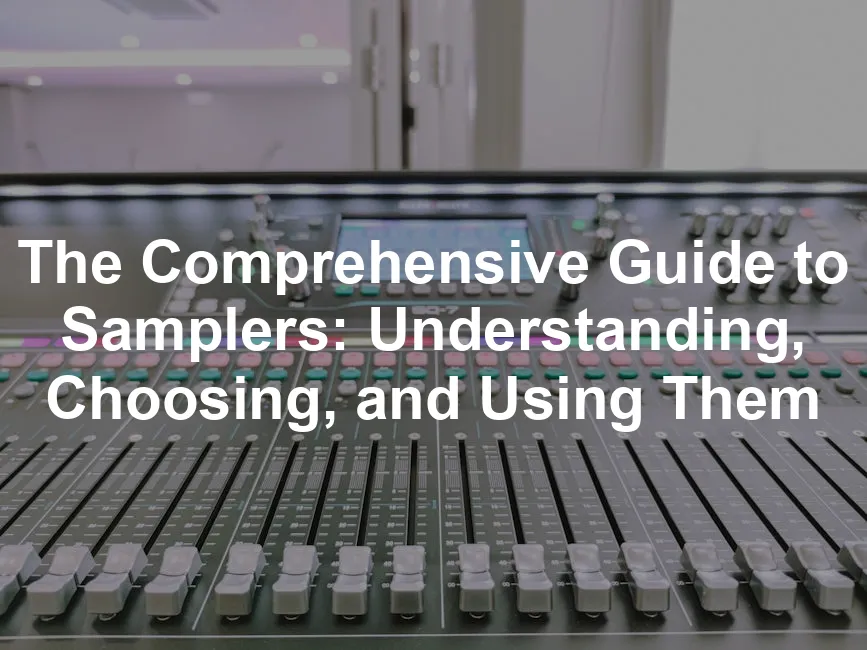Introduction
A sampler is an electronic instrument that records and plays back audio samples. These samples can include melodies, rhythms, or sound effects. In modern music production and live performances, samplers are indispensable tools for creativity and innovation.
Summary and Overview
Samplers are electronic devices that capture and playback audio samples. They have a rich history, evolving from early tape-based systems to today’s digital technology. Initially, samplers recorded sounds on tape, which limited their usability. The introduction of digital samplers revolutionized music production.
Today, samplers play a crucial role across various genres, from hip hop to electronic dance music. Key functionalities include recording, editing, and playback of audio. Musicians can manipulate samples, changing pitch and tempo while maintaining quality.
If you’re looking to take your music production to the next level, consider investing in the Akai MPC Live II. This powerhouse combines portability with built-in speakers and wireless connectivity, making it perfect for both studio sessions and live performances.
Various types of samplers exist today, including hardware units and software plugins. Each has unique features catering to different recording techniques and performance styles. Understanding these options can help you choose the right sampler for your needs.
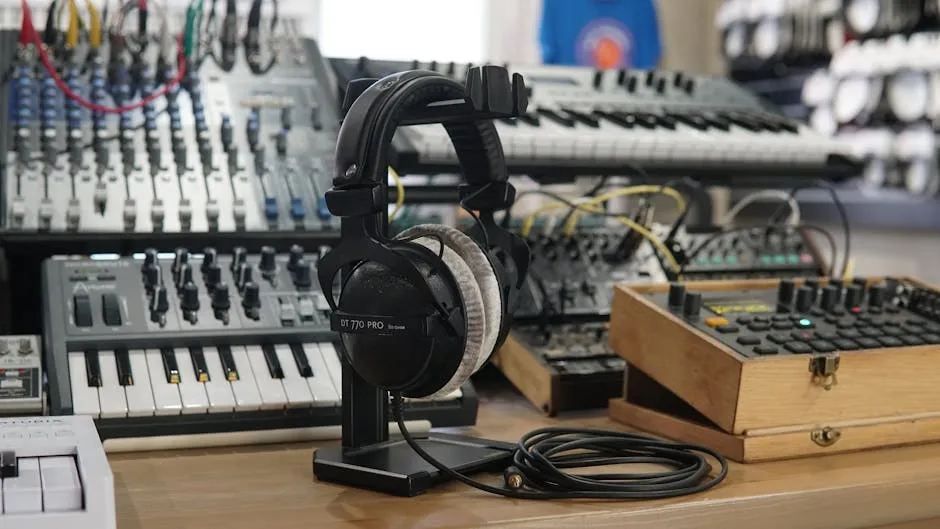
To gain a deeper understanding of the evolution of samplers, you can explore the history of samplers in music production. history of samplers in music production
History of Samplers
Early Development
The history of samplers dates back to the 1960s with groundbreaking innovations like the Mellotron and EMS Musys System. The Mellotron, introduced in 1963, used tape loops to play back recorded sounds, making it a favorite among progressive rock bands in the late 1960s. Despite its limitations, it paved the way for future developments.
In 1969, the EMS Musys System emerged as the first digital sampling system. It utilized mini-computers for sound manipulation, setting the stage for the modern sampler. These early devices shaped the music technology landscape, leading to the creation of versatile sampling instruments.
The introduction of the Fairlight CMI in 1979 marked a significant moment in sampling history. It was the first commercially available polyphonic digital sampling synthesizer, known for its high price but advanced capabilities. The E-mu Emulator followed in 1981, making sampling more accessible and affordable, thus influencing a broader audience.
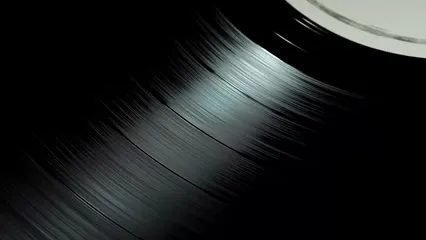
The 1980s Revolution
The 1980s marked a pivotal time in music technology. Digital samplers like the Fairlight CMI and E-mu Emulator emerged. These devices changed how artists created and manipulated sounds. The Fairlight CMI, released in 1979, was groundbreaking. It allowed users to sample and play back sounds with impressive quality. However, its high price limited accessibility for many musicians.
The E-mu Emulator followed closely, making sampling technology more affordable. This shift opened doors for various artists, especially in hip hop and electronic music. Producers began to incorporate sampled sounds into their tracks. The E-mu SP-1200 became a favorite in hip hop. Its punchy, gritty sound defined many classic tracks. Similarly, the Roland SP-404MKII introduced a compact powerhouse into the mix, offering effects and sample manipulation capabilities that are perfect for live performances.
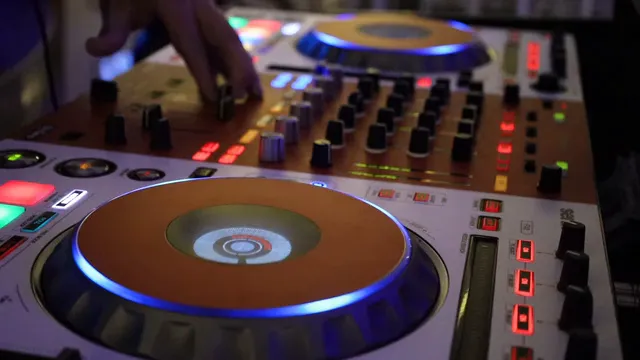
Features of Samplers
Recording and Playback
Samplers are versatile tools for audio manipulation. They record audio and play it back in different formats. Users can capture sounds from instruments, vocals, or environmental noise. This gives them the freedom to shape their sound. MIDI integration is crucial, allowing samplers to communicate with other devices. This feature enables real-time control over playback, making it easier to create complex compositions.
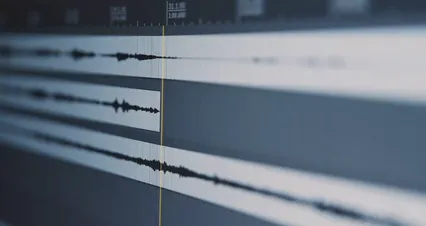
Editing Capabilities
Editing features in samplers enhance creativity. Most samplers offer effects, filters, and modulation options. Users can adjust pitch, tempo, and add various effects. Filters can sculpt the sound, allowing for unique textures and tones. Modulation capabilities enable dynamic changes throughout a performance. With these tools, artists can transform simple samples into intricate sounds.
Multitimbrality and Polyphony
Multitimbrality and polyphony are essential concepts in music production. Multitimbrality allows a sampler to play different sounds simultaneously. This versatility is crucial for creating rich, layered compositions. Polyphony refers to the number of notes a sampler can play at once. High polyphony levels enable musicians to produce complex chords and harmonies. Together, these features enhance the sampler’s role in modern music creation.
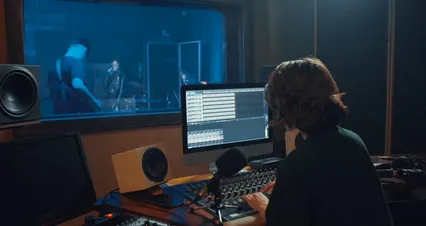
Types of Samplers
Hardware Samplers
Hardware samplers are physical devices that record and play back audio samples. Many musicians favor them for their tactile interface and robust features. Notable models include the Akai MPC series and Roland SP-404MKII. The Akai MPC, with its iconic pads, is famous for beat-making. It allows users to create intricate rhythms easily. The Roland SP-404MKII, on the other hand, is a compact powerhouse. It offers effects and sample manipulation capabilities, making it great for live performances.
These samplers excel in studio settings where sound quality matters. Their built-in processing power lets users manipulate samples in real-time. Many hardware samplers also support MIDI, allowing them to integrate seamlessly with other gear. This versatility makes them essential for both studio work and live shows, where spontaneity is key.
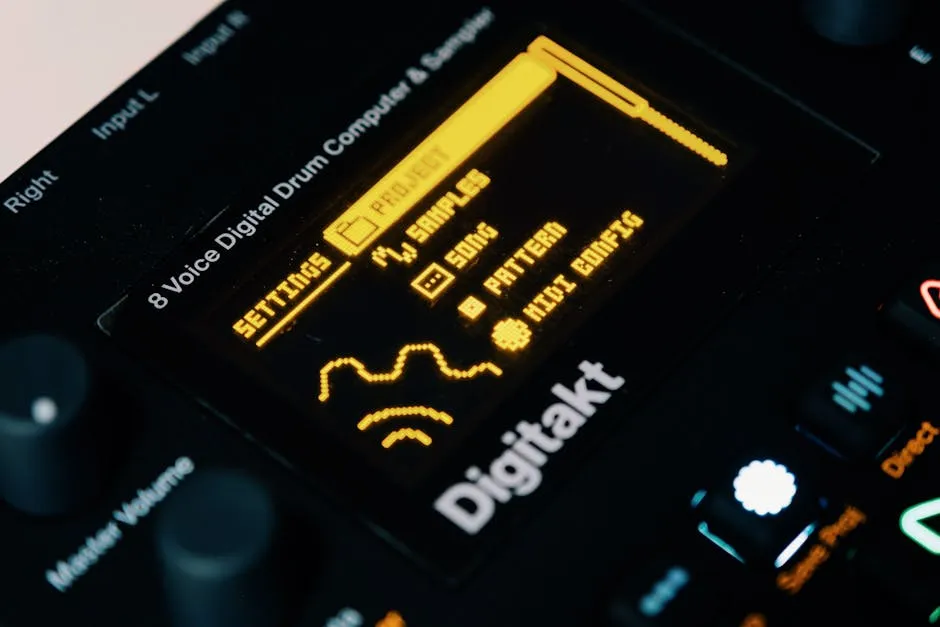
Software Samplers
Software samplers have gained popularity in recent years due to their flexibility and affordability. Unlike hardware, these run on computers and can be used within digital audio workstations (DAWs). Programs like Kontakt and Battery stand out as industry favorites. Kontakt offers vast libraries and advanced scripting capabilities, enabling users to create unique sounds. Battery, designed specifically for drum sampling, provides a user-friendly interface for quick beat production.
The advantages of software samplers are clear. They allow for easy updates, larger storage, and the ability to work with multiple tracks simultaneously. Additionally, they often come with extensive sound libraries and effects. Musicians can access diverse samples and manipulate them without the constraints of hardware limitations. This makes software samplers an attractive option for both beginners and seasoned professionals.
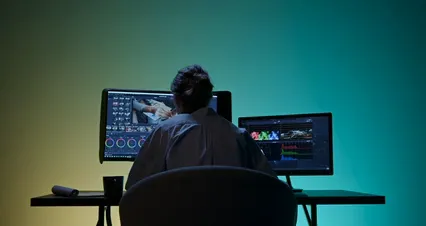
Notable Manufacturers and Models
Leading Brands
Several brands dominate the sampler market, each offering unique models. Akai is renowned for its MPC line, which combines sampling and beat-making features. The MPC Live II is a standout, providing portability with built-in speakers and wireless connectivity. Roland is another key player, known for its SP series. The SP-404MKII captivates users with its ease of use and impressive effects.
Native Instruments has made a significant impact with its software offerings. Kontakt and Battery are cornerstone products for producers, providing endless creative possibilities. Each manufacturer brings something unique to the table, catering to different styles and preferences. Whether you prefer hardware or software, there’s a sampler that fits your needs perfectly.
Sample Storage and Management
Storage Solutions
Samples are stored in samplers using various methods. In the past, SCSI (Small Computer System Interface) was the standard for connecting and transferring data. This older technology required specific connections and was often cumbersome. However, modern samplers have transitioned to using SD cards and flash memory. These storage solutions are more efficient and easier to manage. They allow musicians to quickly load and access samples. Flash memory provides fast read and write speeds, enabling seamless playback during performances. The flexibility of these modern storage methods has greatly enhanced the user experience for music producers.

Sample Management
Managing your samples effectively is key to smooth music production. Start by organizing samples into easily identifiable folders. Use clear naming conventions to categorize them, such as by instrument type or genre. This way, you can quickly find what you need during a session. Consider using a digital audio workstation (DAW) to keep your samples in one place. Tagging samples with relevant keywords can also speed up the search process. Regularly back up your sample library to avoid losing your hard work. Overall, a well-structured sample management system saves time and boosts creativity.

Conclusion
Samplers play a vital role in the music industry, shaping sounds across genres. They allow artists to manipulate audio creatively, enhancing production quality. Whether you choose hardware or software samplers, each offers unique features suitable for different needs. Take the time to explore various types of samplers. Finding the right one can elevate your music production process. Dive into the world of sampling and discover the endless possibilities it offers for your musical journey.
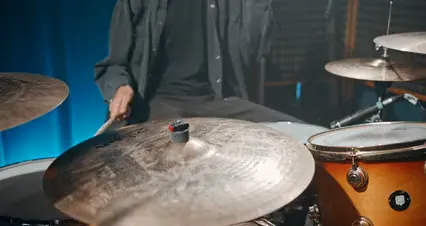
FAQs
Please let us know what you think about our content by leaving a comment down below!
Thank you for reading till here 🙂
All images from Pexels

